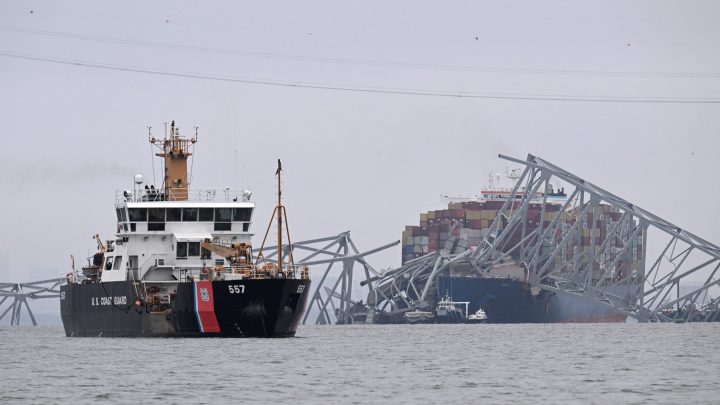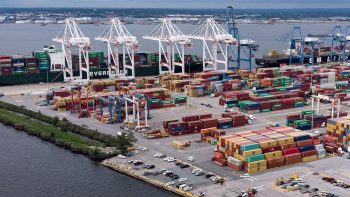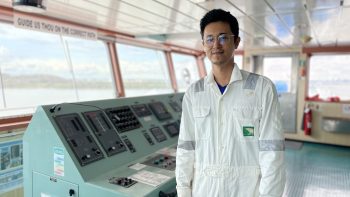
Baltimore bridge victims were immigrants in riskier, hard-to fill jobs
Baltimore bridge victims were immigrants in riskier, hard-to fill jobs

Six people were working the night shift on the Francis Scott Key Bridge when it collapsed after being rammed by a cargo ship. The missing construction workers include men from El Salvador, Mexico and Guatemala.
Immigrants from Latin America are among the workers most likely to die in the workplace, according to a recent report from the Bureau of Labor Statistics. So why do they often hold riskier jobs? And what would happen without them?
For more than a decade, George Escobar has been working with Latino immigrant workers for the advocacy group CASA. One of its members, Miguel Luna, is one of the men who didn’t come home from his construction job on the Baltimore bridge earlier this week.
“He was looking forward to establishing his own business,” Escobar said.
He said Mexican and Central American workers like Luna have been the lifeblood of the Baltimore economy.
“They come here for better opportunities, right? And unfortunately, even when they’re in the middle of the night, working the graveyard shift in the middle of a flimsy bridge, that represents a future for them and that represents opportunity for them,” Escobar said.
Opportunity to help their families here and back home, taking the jobs they can get, as these workers often have less education and limited English fluency.
“They’re kind of naturally slotted into blue-collar jobs, many of them that are in occupations and industries where they’re just characterized by more injury and fatalities,” said Pia Orrenius, a senior economist with the Federal Reserve Bank of Dallas.
They’re filling jobs U.S.-born workers won’t.
“If we didn’t have the immigration, you would see a lot of bottlenecks to growth,” she said. “Companies and cities and municipalities and whoever is building stuff, see a lot higher costs associated with building, but you’d also see delays.”
These immigrant workers — some who may not have legal status — also have less agency to speak up about unsafe conditions, said Marcy Goldstein-Gelb with the National Council for Occupational Safety and Health.
“They’re at the bottom of the ‘lowerarchy.’ And that means that they toil in the most dangerous jobs, work the longest hours and have the least ability to speak up in the face of exploitations,” she said.
But immigrant workers will continue to show up. Advocate George Escobar said as Baltimore rebuilds from this tragedy, “it’ll be those same neighbors. It’ll be the victims’ neighbors that will be back on that construction site.” He said that always happens after a disaster.
There’s a lot happening in the world. Through it all, Marketplace is here for you.
You rely on Marketplace to break down the world’s events and tell you how it affects you in a fact-based, approachable way. We rely on your financial support to keep making that possible.
Your donation today powers the independent journalism that you rely on. For just $5/month, you can help sustain Marketplace so we can keep reporting on the things that matter to you.

















